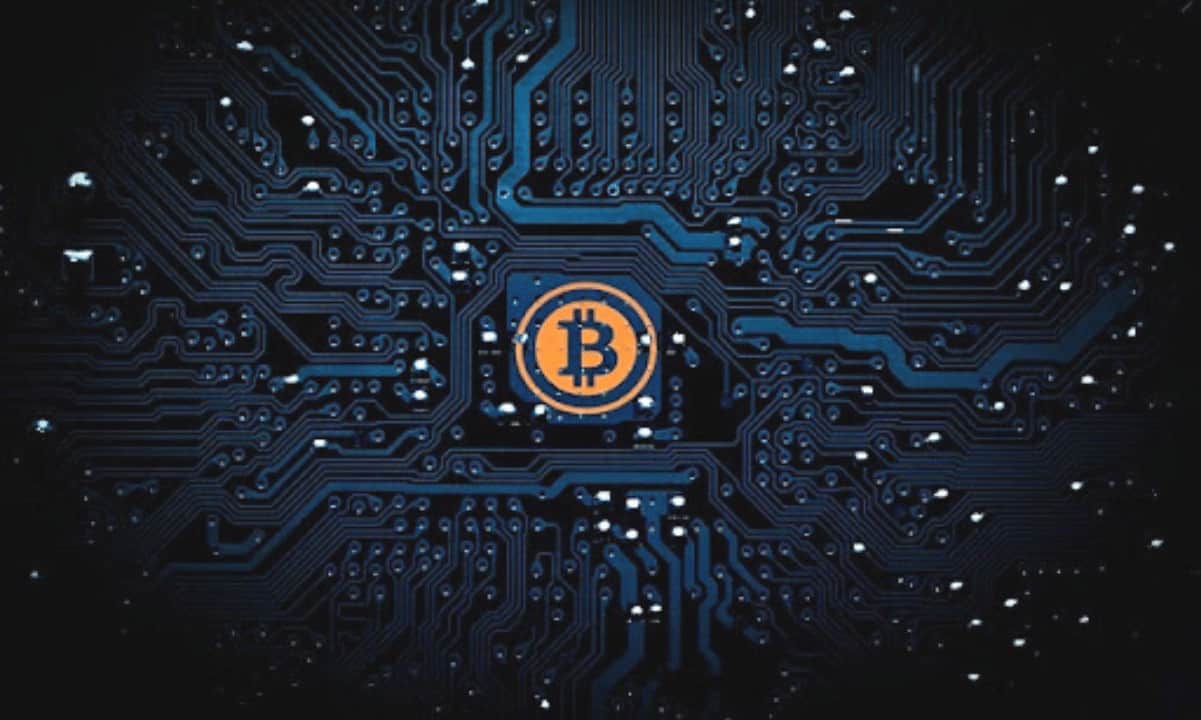Are Ordinals Choking Bitcoin Blockchain?
[gpt3]rewrite
Over the weekend, the Bitcoin network came to a significant crossroads. Elevated ordinal activity overloaded the blockchain to such an extent that it caused over 450,000 unconfirmed transactions. Is this just a case of wider adoption or a DoS attack?
Bitcoin network ceases activity
When we explained Bitcoin ordinals in February, we warned of potential congestion problems for the entire Bitcoin network – this day came on Sunday.
Piggybacking on Bitcoin’s UTXO (Unspent Transaction Output) model adds media content to Bitcoin, previously reserved for Ethereum’s non-fungible tokens (NFT). The Ordinals protocol, launched in January, created BRC-20 tokens, following in the footsteps of Ethereum’s ERC-20 fungible tokens, but without smart contracts.
While extra tools sound great on paper, the problem is that there’s only so much network bandwidth to go around. And Bitcoin doesn’t have much to spare, at 4MB per transaction block. On Sunday, ordinary inscriptions reached a record high of 400,000.

While the mainstream frenzy pushed total fees paid to over $21 million (789.4 BTC), it also created massive congestion. At press time, there are over 452,000 unconfirmed transactions in Bitcoin’s mempool space, setting a new all-time high.
When Bitcoin transactions are created, they are broadcast to all the miners and added to the mempool. In this waiting room, Bitcoin miners select the transactions to add to a new block to be confirmed as valid and forever added to the ledger.
But because mempool space is so scarce, transactions with higher fees are prioritized. With additional ordinal loading now in the mix, Bitcoin fees have also skyrocketed accordingly, at 2.905 BTC per block.

Join our Telegram group and never miss a story about digital values.
Implications for Bitcoin’s Future
With demand for mempool going through the roof, Bitcoin miners are increasing their earnings from an already good start to the year. A week ago, the average Bitcoin transaction fee was ~$3. It is now at ~$19, the highest level since May 2021. Bitcoin miners are now receiving a record percentage of their revenue from block rewards, at 46.5%, with some block fees going as high as 94%.
Although this is bad development from the users’ point of view, the miners’ incentives are significantly increased to keep the network decentralized and secure. In fact, the network’s hash rate hit an all-time high on Friday of 356 million TH/s.
However, one has to question whether the flood of Ordinals/BRC-20 tokens does not detract from Bitcoin’s core purpose – good money. Some users have gone so far as to classify the increased network activity as a Denial of Service (DoS) attack.
Theoretically, malicious agents could spend millions of dollars minting BRC-20 tokens and ordinals endlessly to burden the network, making it prohibitively expensive for ordinary users. Nevertheless, this is a matter of perspective.
All that happens is that users have to pay more for their transactions to be included in mining blocks. Therefore, Bitcoin’s self-correcting incentive mechanism works as intended. On the other hand, anything other than BTC on the Bitcoin network can be considered useless and redundant.
Economy is changing.
Find out how, with Five Minute Finance.
A weekly newsletter covering the major trends in FinTech and decentralized finance.
Lightning Network to save the congestion?
As the Ethereum blockchain needs multiple layer-2 networks to offload traffic, so does Bitcoin. The Lightning Network’s capacity is 5,456 BTC ($159 million) over ~74,000 unique channels connecting the network’s nodes.
The Lightning Network offloads traffic by keeping transaction channels open and off-chain. When channels are closed, transactions are aggregated and returned to the Bitcoin mainnet for confirmation. Additionally, these transactions are almost instantaneous and at negligible fee levels, as there is no need to broadcast each transaction to miners as each one is executed.

For mass adoption of Bitcoin, with ordinals in tow, LN’s capacity must be drastically increased. This is something centralized exchanges will also have to do, starting with today’s announcement from Binance.

Following the rise in Bitcoin fees and record unverified transactions, the world’s largest exchange suspended BTC withdrawals for a few hours early Monday. As Binance increased transaction fees to push them through, Bitcoin withdrawals resumed.
Interestingly, apart from Binance, Coinbase and Bithumb, almost all exchanges have already integrated Lightning support, including Jack Dorsey’s Cash App.
Do you think ordinals are being used to purposely make the Bitcoin network too expensive to use? Let us know in the comments below.
About the author
Tim Fries is the co-founder of The Tokenist. He has a B. Sc. in mechanical engineering from the University of Michigan, and an MBA from the University of Chicago Booth School of Business. Tim served as a Senior Associate in the investment team at RW Baird’s US Private Equity division and is also a co-founder of Protective Technologies Capital, an investment firm specializing in sensing, protection and control solutions.
[gpt3]



